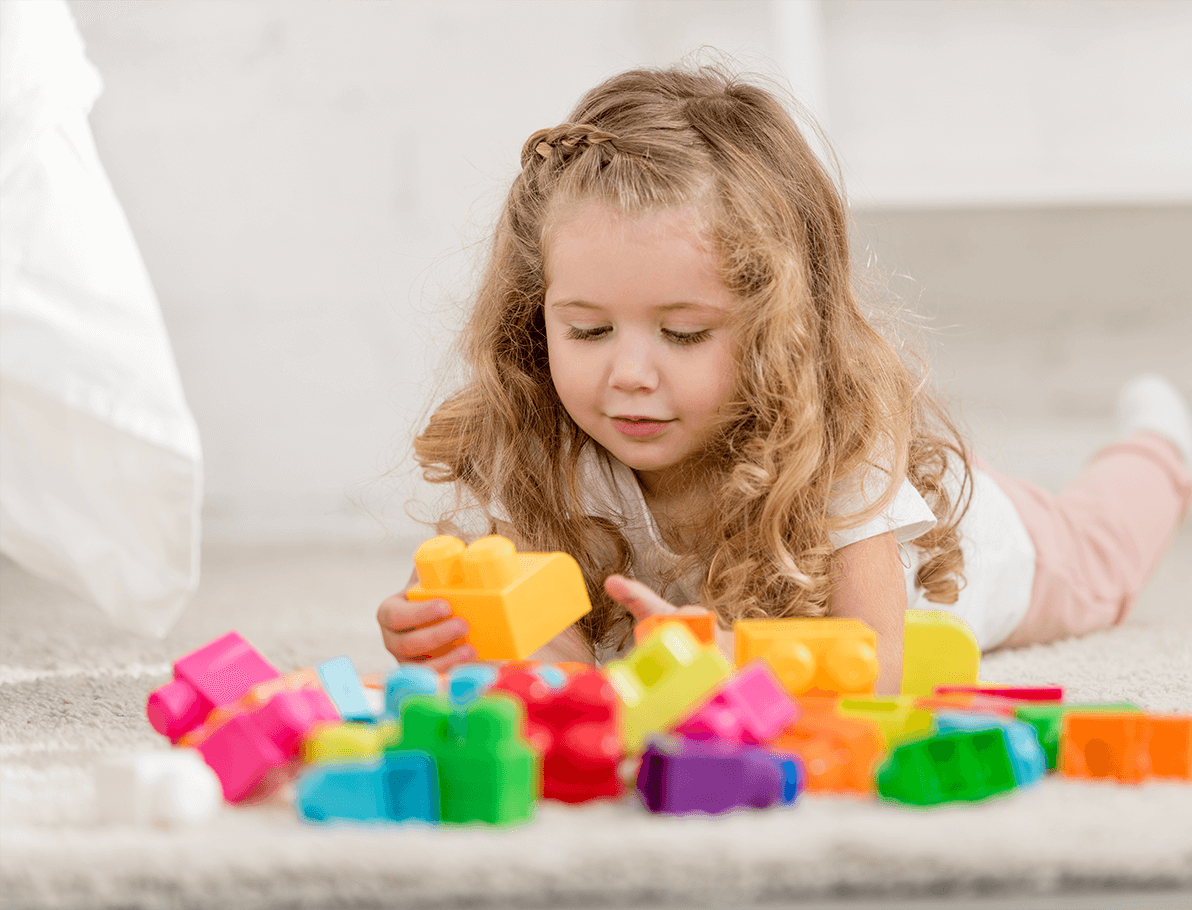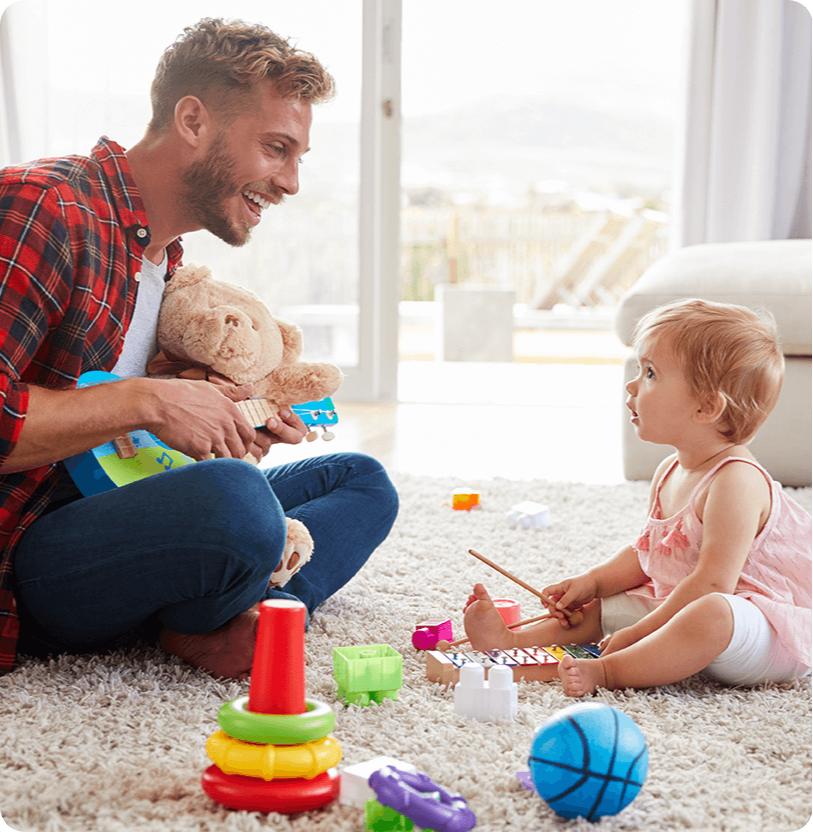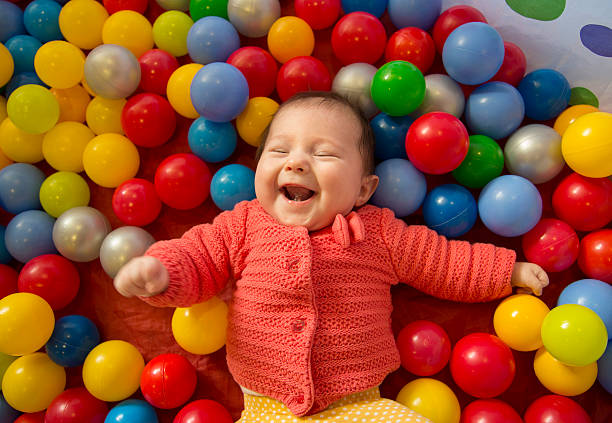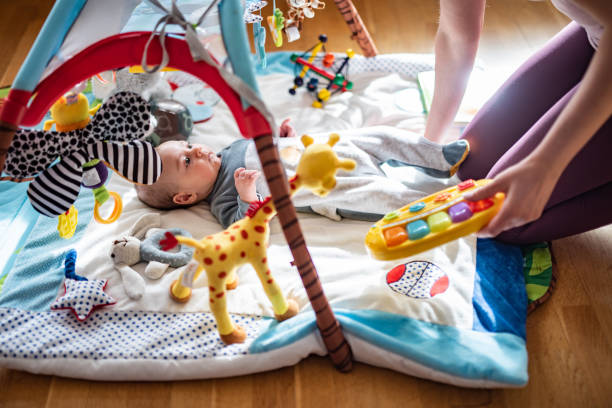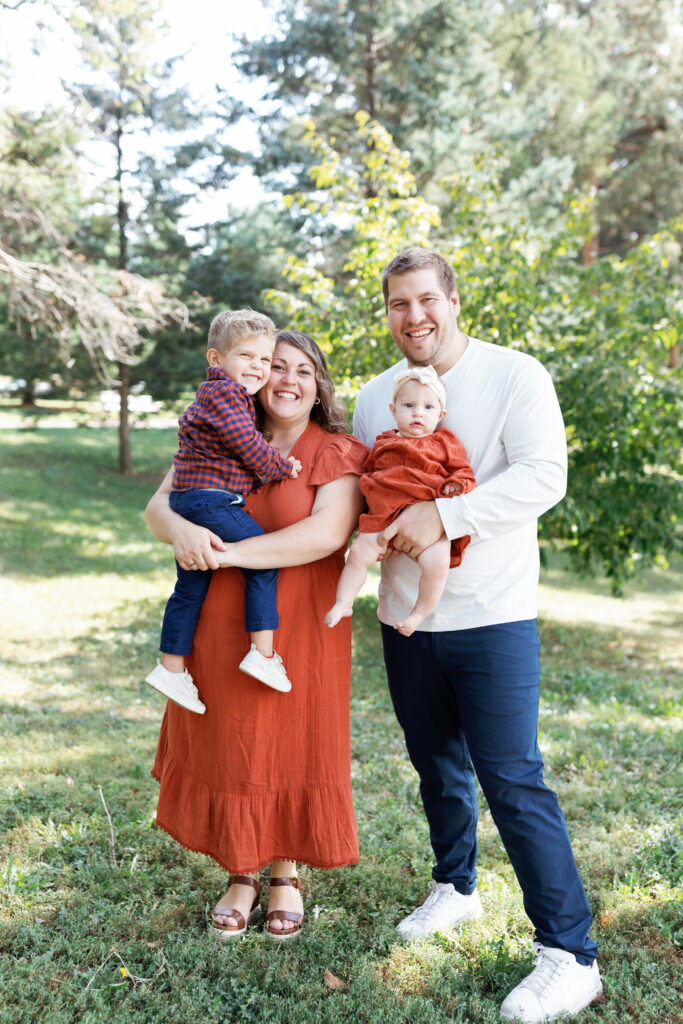
My name is Jennifer Glickstein mom of 2 and have been practicing in Pediatric Occupational Therapy for 10 years. I specializes in Sensory Processing and know first hand through my own experience as a parent and through my work, how critical it is to start introducing sensory right away as part of development. The problem is many parents don’t know what to do with their babies or children, or don’t want to do it because it can be wet and messy. I want to use my expertise to teach, educate, make sensory bins, and do different sensory activities with you and your kids. I want you to be able to learn the importance of sensory and get ideas and so your kids can explore new textures and experiences aiding in their learning, play and growth!

Sensory development plays a crucial role in the early stages of a child’s life. It encompasses the way a child perceives and responds to various stimuli from their environment. This includes touch, taste, smell, sight, and sound. Here are some key points highlighting the importance of sensory development in early childhood:
Foundation for Cognitive Skills: Sensory experiences lay the foundation for the development of cognitive skills like problem-solving, memory, and attention. For example, when a child touches different textures, they learn about the properties of objects and develop a sense of cause and effect.
Motor Skills Development: Sensory input is closely linked with the development of motor skills. When a baby explores their environment through touch, they are also strengthening fine and gross motor skills. This helps in tasks like grasping objects, crawling, walking, and eventually more complex movements like jumping, running and kicking.
Language Development: Sensory experiences are instrumental in language acquisition. For example, when a baby hears different sounds, they start to associate those sounds with specific objects or actions. This association is fundamental in language development.
Emotional Regulation: Sensory experiences have a significant impact on a child’s emotional development. For example, cuddling and physical touch provide comfort and security, helping a child regulate their emotions. Exposure to a variety of sensory inputs also helps a child learn to cope with different stimuli and regulate their emotional responses.
Enhanced Learning: Through sensory exploration, children gather information about their environment. This firsthand learning is often more effective than passive observation. It helps children build a concrete understanding of the world around them.
Stimulating Curiosity and Creativity: Sensory experiences spark curiosity and creativity. When a child is encouraged to explore their environment using their senses, they develop a sense of wonder and a desire to learn more.
Adaptation to the Environment: Understanding and processing sensory information is crucial for adapting to new environments. It helps children make sense of unfamiliar places, objects, and situations.
Identification of Preferences and Sensitivities: Sensory experiences help identify a child’s sensory preferences and sensitivities. This knowledge is valuable for parents, caregivers, and educators in creating environments that are conducive to the child’s comfort and development.
Early Intervention for Sensory Processing Issues: Early exposure to sensory experiences can help identify any sensory processing issues a child may have. Early intervention and tailored support can make a significant difference in a child’s overall development.
